New Age of Avatars Expands the Way of Living – A Conversation between Tamaya Shobei IX and Ory Yoshifuji
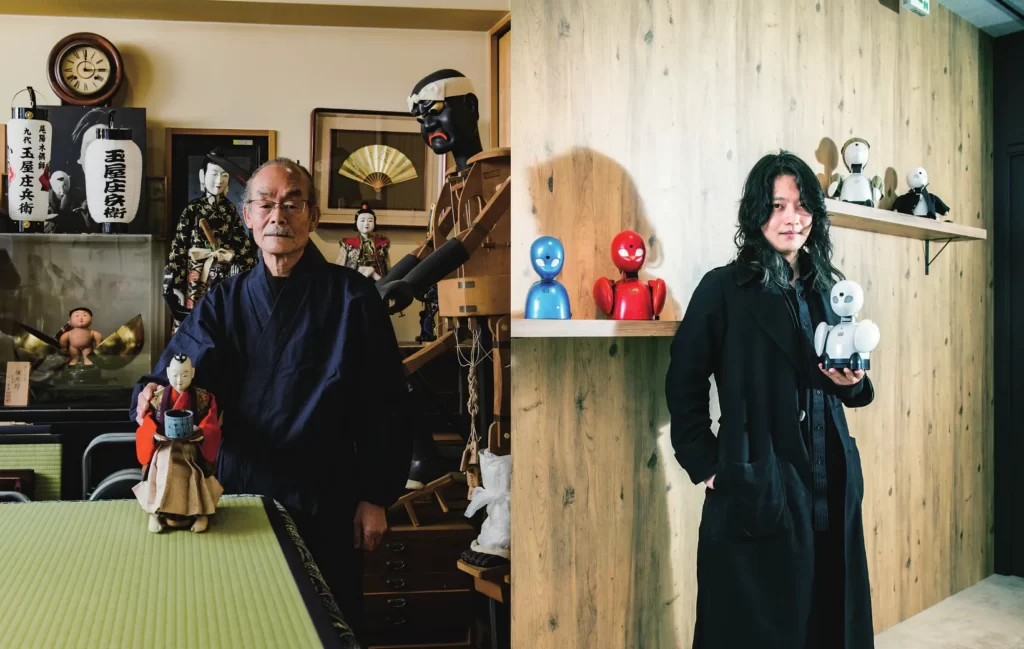
Is there any richness in living in a closed world, unable to realize your dreams? Two engineers create avatars that can project “self” and jump out to the outside world. In this new era, avatars will become a tool that brings happiness to our lives.

Born in 1954, his real name is Shobei Takashina. At the age of 25, he became an apprentice to his father, Shobei VII, and assumed the name Tamaya Shobei in 1995. At his home and workshop in Kita-ku, Nagoya City, he restores and reconstructs float carriages from various regions and creates his own karakuri.

Born in 1987. His real name is Kentaro Yoshifuji. He is the President and Representative Director of Ory Laboratory Inc. He developed the humanoid alter ego communication robot “OriHime,” which won the Runner-up Grand Prix at the 2012 Human Power Awards, as well as the Minister of Internal Affairs and Communications Encouragement Award.
The ninth generation of Tamaya Shobei, Japan’s leading karakuri puppet maker, takes pride in restoring the “original” of his masterpieces, which have been handed down through a long history. Shobei Tamaya IX (“Tamaya”), one of Japan’s leading karakuri puppet makers, takes pride in restoring the “original” of his masterpieces, which have been handed down through a long history.
Tamaya: “In the Owari region, there is still a custom of putting karakuri puppets on gorgeous floats for festivals. In Aichi Prefecture alone, there are over 400 such floats, and one-third of them have karakuri puppets on them, so this has been a symbol since the Edo period to entertain the public and to promote regional interaction. In other words, the greatest role of karakuri puppets is to support people’s interactions with each other, and if new techniques are added, the history of karakuri puppets will be distorted and they may not be loved by people.

Similarly, OriHime, an alter ego robot by Ory Yoshifuji (“Ory”), director of the Ory Laboratory, was developed to support communication between humans. Surprisingly, it has many similarities with karakuri puppets, including the fact that it is not equipped with artificial intelligence and has an expressionless, somewhat creepy face.
Ory: “With ‘OriHime,’ you can not only communicate your voice to a person at a distance through a computer or smartphone, but also express your intentions and emotions by moving your arms and changing the direction of your face. The concept is to support social participation of people who cannot go where they want to go for various reasons.
In the prototype stage, a silicon mask made from a laser scan of a person’s face was placed over it to make it easier for the viewer to visualize the person operating the device. However, the closer we made it to a human, the more we became concerned about the differences between it and a real person. In the end, we ended up with a design that was flat and seemingly characterless, like a Japanese Noh mask.
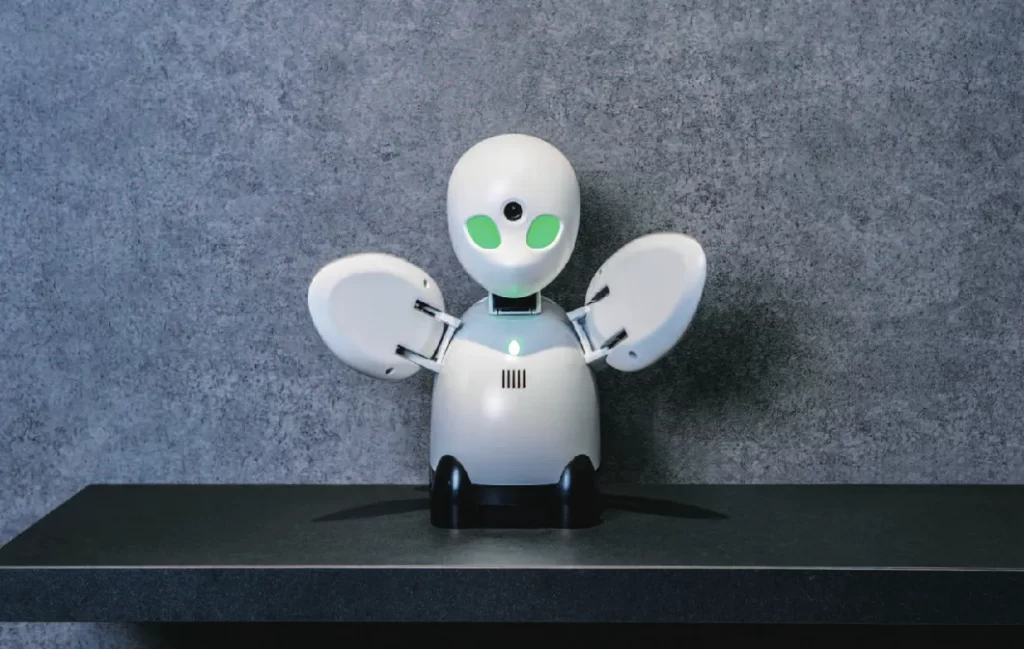
Tamaya: “That is the same as a karakuri puppet. Even though at first glance they may appear to be expressionless, if the puppeteer changes the direction of their heads just a little while speaking, the viewer will be able to understand the wide range of emotions they are feeling.
Ory: “Exactly. The entrance to the puppet is in a state of “fluctuation” where the emotions cannot be read, and I created the avatar with the aim of filling the blank space in the image with the personality and character of the person operating the puppet. However, as the term “creepy-cute” has become widespread today, many people tend to perceive anything as cute. ……I have a sense of crisis that some people perceive it a little differently than I originally intended (laughs).
Karakuri puppets were not created with the goal of reproducing human-like movements. Because their movements are restricted, there is room for the puppeteer to reflect his or her “self.
The blank space left on a dare is inhabited by the renderer.
Tamaya: “Karakuri puppets, which are basically operated with seven strings around the neck, arms, and legs, are naturally limited in the number of movements they can express. If you increase the number of strings, you can make more complicated movements such as opening a fan, but in the end, it is the person who manipulates the puppet. The same puppet can look completely different when the puppeteer’s skill and personality come into play. The range of expression is unlimited
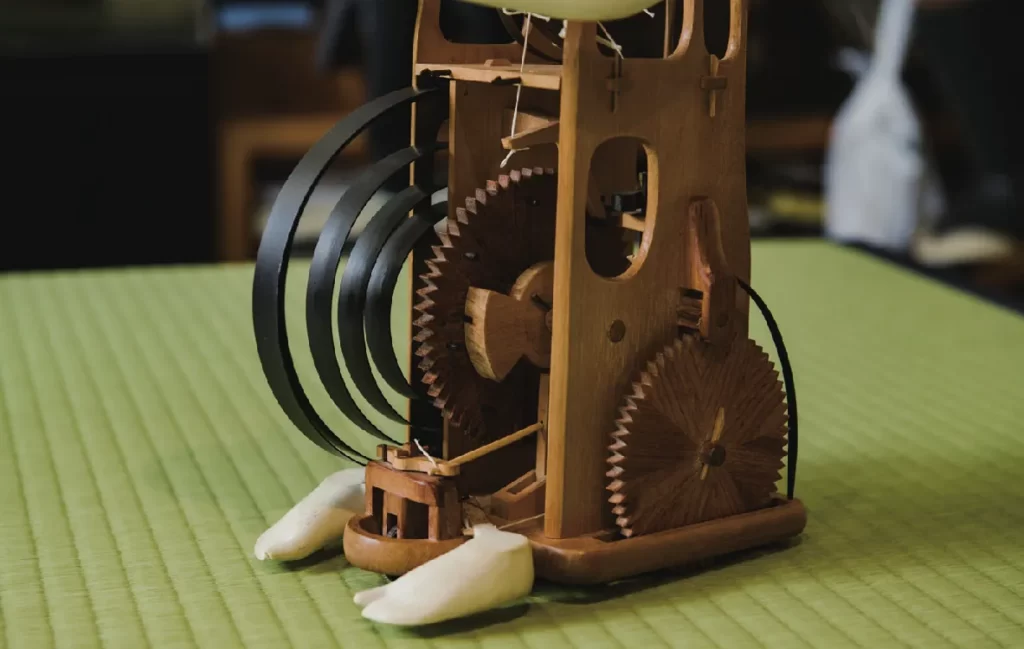
Ory: “Actually, we limited the range of motion of OriHime as well during the development process. We reduced the number of motors from 24 at first to 6. Humans have the imagination to sense life in lifeless things. From the sketchy movements of a robot, we can use our imagination to compensate for the intentions of the person operating it. We believe that this is closer to the feeling as if the person is nearby, rather than the pursuit of realism.”
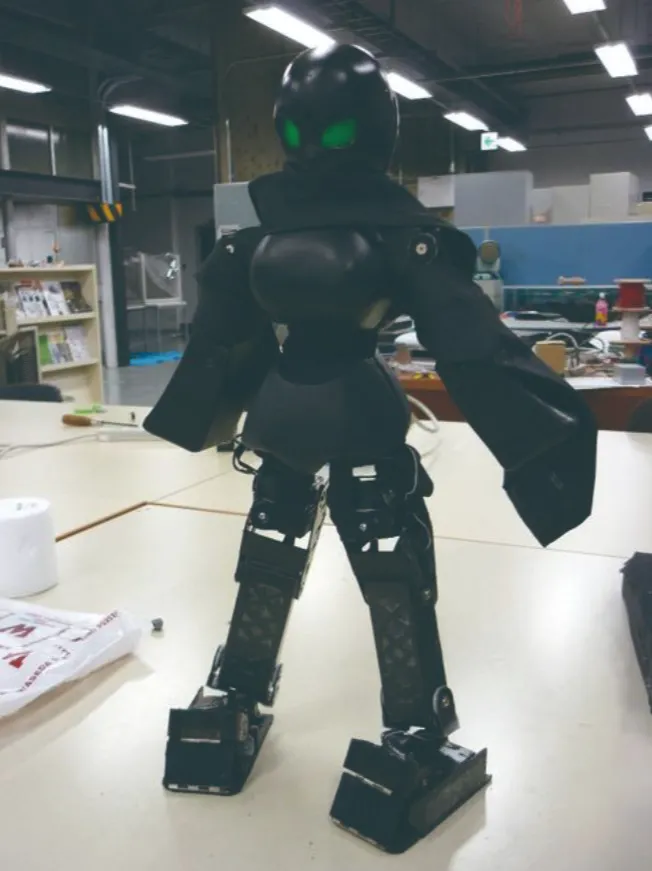
Avatars extend human connections.
Neither Karakuri puppets nor OriHime have autonomous intelligence. They need to be brought to life by the person who controls them, giving them continuous instructions. They are not “friends” as depicted in stories, but rather “alter egos” to which one can project one’s own self.
Ory: “In anime and science fiction movies, robots are often portrayed as beings that will live forever, but existing robots will soon stop working unless they are regularly maintained by humans. Robots have a short lifespan. That is why, rather than giving them artificial intelligence and making them autonomous and separating them from humans, it would be better to have them play the role of closely connecting people with each other, so that we can maintain the relationship that we will always need with each other in the future.”
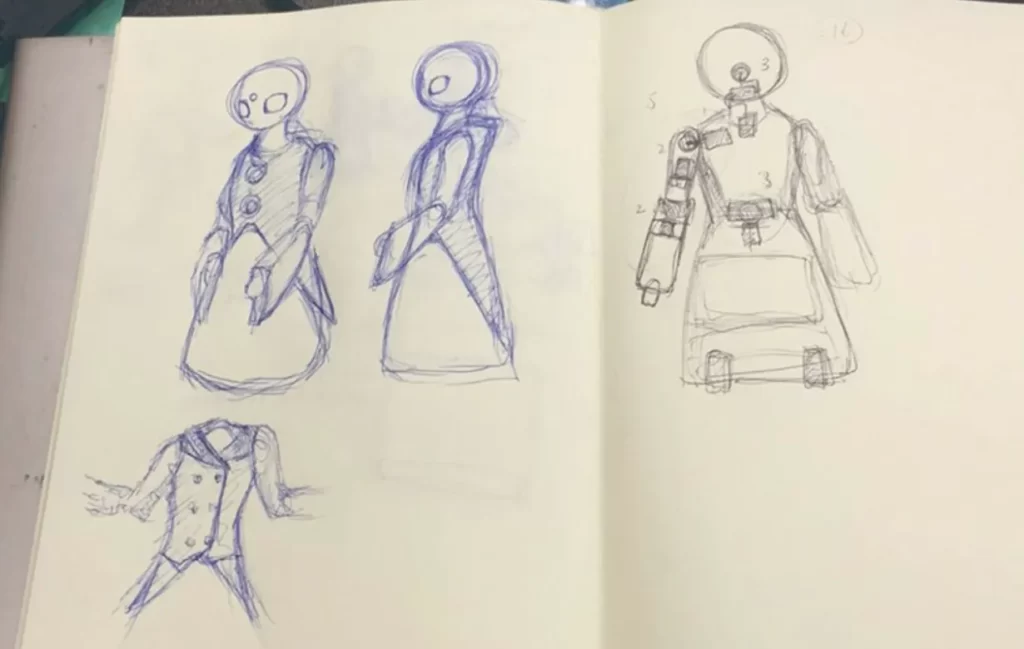
Tamaya: I do not intend to deny the development of robots ahead of technology. Personally, I like the latest gadgets and have a desire to create something new that no one has seen before. Karakuri puppets are another example of how craftsmen in the Edo period honed their skills by responding to unreasonable requests from wealthy merchants. However, just as local festivals are still passed on today, no matter how much technology has evolved, I believe that human beings find richness and happiness in the connections between people. I was moved today to learn that Ory focuses on this aspect of manufacturing.”
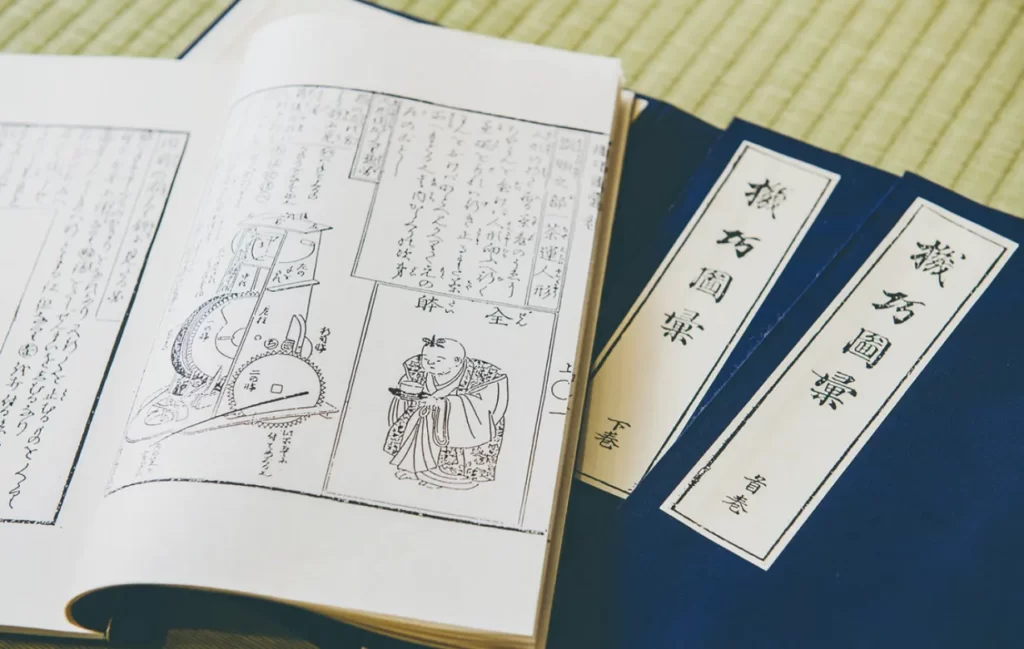
It is not an entity that makes life more convenient by performing work and household chores on your behalf, but a tool that organically expands your relationships with the people around you and makes life easier. Avatars, which have enriched the lives of the masses since the Edo period, are now maximizing their potential with the Internet as an ally.
Ory: “Ten years ago, not many people understood the value of OriHime, which is not equipped with artificial intelligence, but the wind has changed dramatically in the past few years. There is a limit to the abundance that can be obtained by creating things in large quantities or pursuing convenient things. Many people are now realizing this. The next step is how much we can expand our minds and values through new encounters and experiences. And how much can we enrich our lives by increasing the number of friends who can relate to one another? I would like to continue to focus on the value of connecting people with each other and to create products that support this so that all kinds of people can realize this.
May 2022 coverage
Text: Satoshi Asahara
Photographs: Keiichiro Natsume, Takehiko Noguchi
Editing: Daisuke Nakamura



